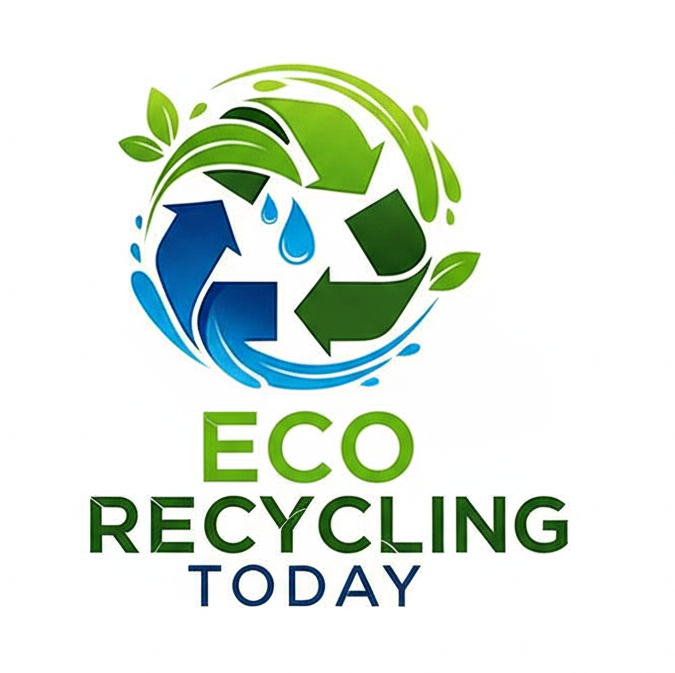As sustainability becomes a priority for businesses across industries, closed-loop recycling systems are gaining momentum. These systems not only reduce waste but also minimize raw material costs by reusing materials internally. To implement a closed-loop system successfully, the right recycling machines are crucial.
We’ll guide you through the steps to set up a closed-loop recycling system and highlight the key machines you’ll need to make it efficient and cost-effective.
What Is a Closed-Loop Recycling System?
A closed-loop recycling system refers to a process where waste materials are collected, reprocessed, and reused within the same production cycle. Unlike open-loop systems, where materials may be recycled into different products or leave the original production stream, closed-loop recycling ensures material recovery stays within your business operations.
Guide to Setting Up a Closed-Loop Recycling System
1. Identify Recyclable Waste Streams
Start by conducting a waste audit to identify recyclable materials such as:
- Plastic pallets
- Cardboard packaging
- Metal shavings
- Wood scraps
- Industrial byproducts
Once you know what materials are recyclable, you can determine the types of recycling equipment needed.
2. Choose the Right Recycling Machines
The core of any closed-loop system is the equipment. Here are some essential machines based on material types:
Plastic Recycling Equipment
- Plastic Shredders & Granulators: Break down plastic waste into manageable sizes.
- Plastic Wash Lines: Clean plastic flakes before further processing.
- Extruders & Pelletizers: Convert cleaned plastic into reusable pellets for manufacturing.
Cardboard & Paper Recycling
- Balers: Compress cardboard and paper waste for reuse or resale.
- Shredders: Process paper into mulch or packing material.
Wood Waste Recycling
- Wood Chippers: Convert scrap wood into mulch or biomass fuel.
- Grinders: Break wood down into fine particles for repurposing.
Metal Recycling
- Magnetic Separators: Extract ferrous metals from mixed waste.
- Industrial Shears & Presses: Cut and compress metal for reprocessing.
3. Integrate Sorting and Separation Technology
For maximum efficiency, integrate automated sorting systems:
- Optical sorters
- Air classifiers
- Magnetic and eddy current separators
These machines help ensure materials are properly sorted before being reprocessed, reducing contamination and increasing recycling rates.
4. Set Up a Collection and Transport Workflow
Establish an internal logistics plan for collecting, storing, and transporting recyclable materials to the designated recycling stations. Use:
- Collection bins at production sites
- Conveyor belts or forklifts for transport
- Storage hoppers or silos for bulk handling
5. Train Your Team and Monitor the System
Staff training is essential. Educate your workforce on:
- Material separation
- Safe operation of machines
- Preventing contamination
Implement monitoring systems to track recycling volumes, machine performance, and cost savings. Use IoT-enabled machines for real-time data collection.
Partner with the Right Equipment Supplier
Work with a recycling equipment provider that understands your industry needs. A reliable supplier can:
- Customize machines for your operations
- Provide installation and training
- Offer maintenance and technical support
Setting up a closed-loop recycling system is a smart investment that brings long-term environmental and economic benefits. With the right machines—plastic shredders, balers, extruders, and sorters—you can streamline your recycling process, reduce waste, and contribute to a more sustainable future.
